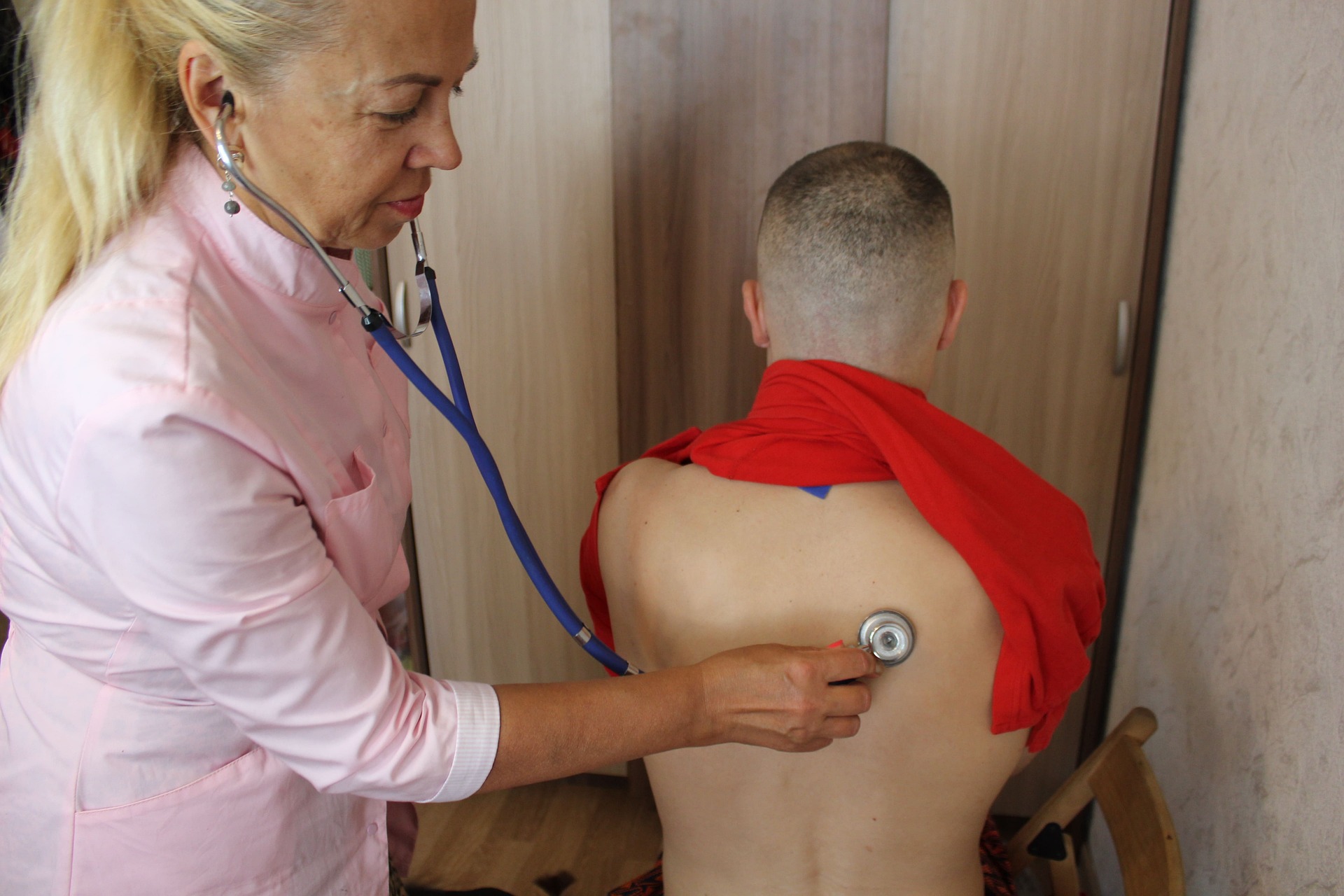Spinal stenosis occurs when the spaces between the bony openings in the spine start to contract then constrict the nerves traversing the spine. It is common in the neck and the lower back. Some patients hardly show any symptoms, while others experience numbness, muscle weakness, tingling, and pain. These warning signs get worse by the day.
Causes of Spinal Stenosis
The leading cause of spinal stenosis is osteoarthritis, which results in wear and tear in the spinal column. Before a doctor performs surgery to expand the space for the spinal nerves, they may recommend a physiotherapist Gladesville to improve the condition.
Another cause is degenerative disc disease, where the spinal discs lose water and begin to shrink. Consequently, the intervertebral foramina get narrower and narrower. A disc bulge may push into the spinal cord, putting pressure on facet joints, hence accelerating the degenerative disc disease. Also, ligament buckling or thickening can lead to spinal stenosis. Some ligaments are so prone to encroaching the spinal canal.
How Physiotherapy Helps
A physiotherapist performs spinal manipulation by applying specific thrusts or manual impulses to the joints or at the end of a physiological range of motion. Such a therapy ends on audible pop or cracking sound in a synovial joint. The audible release is said to be caused by cavitation in the spinal facet joint. When performed under low pressure, gas bubbles form at the joint, and they implode as the pressure increases (the process is known as cavitation).
Since its evolution, physiotherapy has been used to treat spinal stenosis through mechanical means like exercises and heat. The objective is to reduce pain so that the patient can resume normal activities. Physical therapy has proven time and again to improve strength and minimize soft tissue pain (in the ligaments, tendons, and muscles). In addition to spinal manipulation, your physiotherapists can recommend one or more of these treatments to help you recover from spinal stenosis.
• Ice therapy
• Stretches
• Massage
• Aquatic workouts
• Cycling
• Heat therapy
• Limited walking
Physical techniques you can incorporate in your workout routine to curb the progression of spinal stenosis include:
• A frequent shift in posture to avoid compressing the spine
• Proper form when pulling, pushing and lifting gym equipment
• Lower back stabilization
• Pelvic tilts
• Strength training the lower limbs
When working out, plan to take breaks between activities that may stress the back, e.g., backyard jobs and walks. Consult a physiotherapist Gladesville to help you create a program that is tailored to your fitness level or severity of the spinal stenosis.






